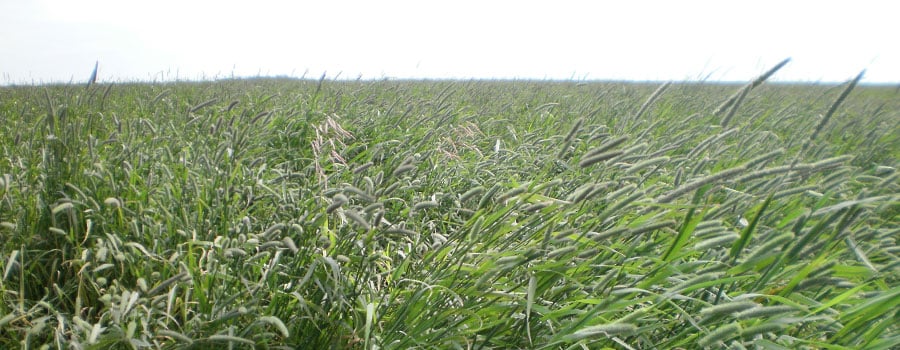Field Selection
Timothy is a low input crop that grows well on poorly drained, low productive soils. Timothy is fairly tolerant to flooding in the spring. The field must be free of residual herbicides such as Edge, Treflan and others. It is important to review the herbicide history of the field before planting. Glyphosate should be applied in the years prior to seeding to help to eliminate perennial weeds.
Weed Control
Herbicides are available to control broadleaf weeds. However, there are few chemical choices available for controlling wild oats and green foxtail. Once established, Timothy does provide significant crop competition.
Seeding
Timothy is a very small seed that must be sown shallow into a firm seedbed. Cover crops such as wheat, oats and flax may be used. Generally, Timothy is seeded at 2 lbs/acre.
Harvesting
Timothy must be swathed, usually in early August. It is earlier than most crops, which can help split up the harvest. Harvesting usually takes place about 5 – 7 days after cutting depending on weather. Timothy is considered dry at 10%, but it can be harvested at 14% or 15% and dried in an aeration bin. Heat cannot be used as it can affect germination.
Seed Yield
Timothy yields have ranged from 200 – 600 lbs/acre net clean seed, with a five-year average of 350 lbs.
Residue
Timothy straw must be removed from the field at harvest. The straw has relatively good feed value for livestock.
| Features | |
|---|---|
| Crop Type | Grass |
| Revenue | Moderate |
| Rotation | Long |
| Moisture Tolerance | Medium – High |
| Harvesting | Early – Medium |


